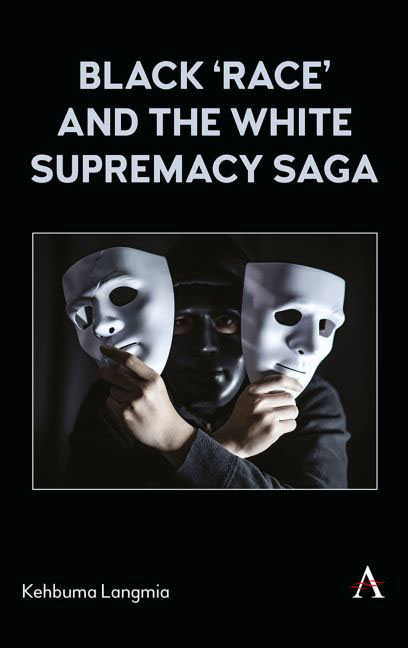Book contents
- Frontmatter
- Dedication
- Contents
- Foreword
- Acknowledgments
- 1 The Shifting Sands on the Feet of Black People
- 2 Shadow of Colonialism and Slavery on Black People
- 3 Black People and COVID-19
- 4 Africans and Mass Immigration
- 5 Blacks and the Politics of Demo-“Crazy” and Development
- 6 Victimhood and the Identity Crisis: Blacks and the Epistemology of Freedom
- 7 Black Status and Physical Threats
- 8 The Epistemology of Black Poverty, Resistance, and Resilience
- 9 The Politics of Europe/China Dependency on Africa
- 10 False Western Epistemological Dominance
- References
- Index
4 - Africans and Mass Immigration
Published online by Cambridge University Press: 13 April 2024
- Frontmatter
- Dedication
- Contents
- Foreword
- Acknowledgments
- 1 The Shifting Sands on the Feet of Black People
- 2 Shadow of Colonialism and Slavery on Black People
- 3 Black People and COVID-19
- 4 Africans and Mass Immigration
- 5 Blacks and the Politics of Demo-“Crazy” and Development
- 6 Victimhood and the Identity Crisis: Blacks and the Epistemology of Freedom
- 7 Black Status and Physical Threats
- 8 The Epistemology of Black Poverty, Resistance, and Resilience
- 9 The Politics of Europe/China Dependency on Africa
- 10 False Western Epistemological Dominance
- References
- Index
Summary
The semantic reading and understanding of the term migrations is complicated. It can be open to multiple interpretations depending on one's context and use of geo-cultural and political periscope. In the pre-historic and pre-colonial Africa, migration was a norm and each society that was infiltrated by choice or by force experienced and continues to experience a sociocultural melange of language, custom, and traditions. The Hausas and the Fulanis moved from North Africa to occupy significant portions of lands in Tropical Africa. The mixture with original inhabitants has not only affected language use but also customs and traditions. Inter-marriages have enabled a complex phenomenon where offspring from those marriages can be an embodiment of two or three inter-related cultures. The case of the Bamums, the Bamilikes, and the Chamba tribes of the North West and the Western regions of Cameroon in West Africa is another example of what migration can do. Three factors have been closely associated with African migration since pre-historic times: ocean and sea encroachments, desert expansion, Asians incursions, and later European invasion (Williams 1987). These migrations have gone on for centuries and reasons from constant movement of people in search of safety from natural and human catastrophes have not abated. The natural habitat for all Homo sapiens is intricately linked with safety. All living creatures are pre-disposed to pre-occupy themselves with security of the mind and body. Once these human survival machineries are not in sync due to environmental and psychological uneasiness, peace, progress, and development are affected and the human creature is faced with two non-related choices: leave or stay to die. The latter has never been an easy decision to take since we are wired to fight or struggle to live because self-death is a painful exercise that demands huge courage that only few have ventured into. So, when confronted with man-made huddles as well as non-human challenges, humankind has sought the lesser of the two evils, which is to migrate to what could be considered a safe zone. The interpretation of what constitutes “safe zone” differs from person to person because it is based on individual needs.
- Type
- Chapter
- Information
- Black 'Race' and the White Supremacy Saga , pp. 55 - 72Publisher: Anthem PressPrint publication year: 2024

